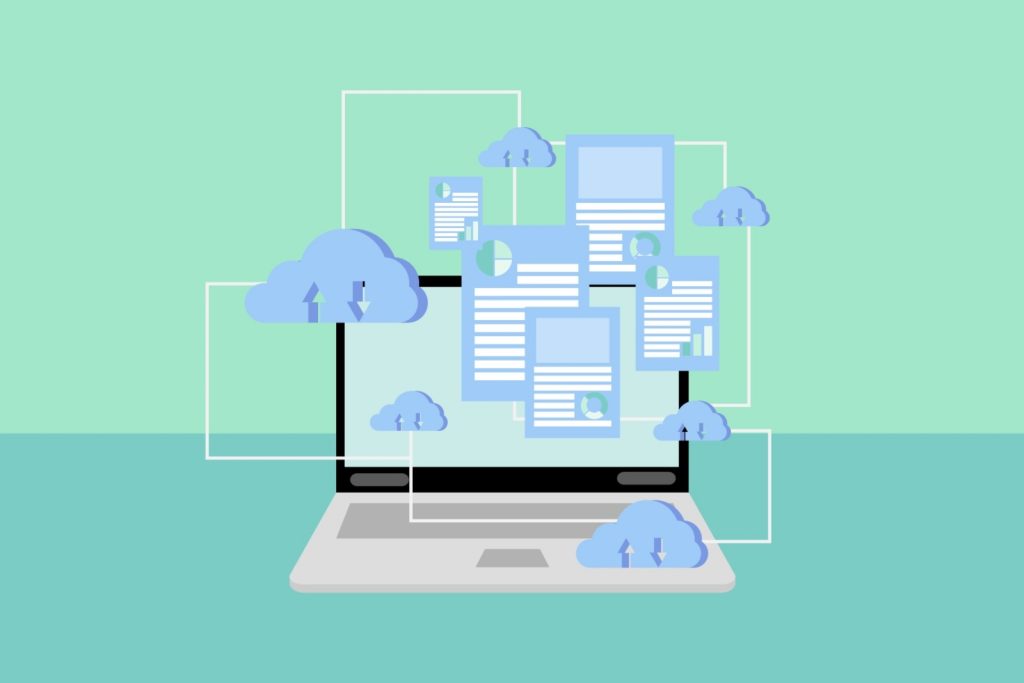5G Health-Care Market to Expand to $4.2 Billion by 2028
Marijuana Business, Stocks, Finance, & Investing February 1, 2022 MJ Shareholders 0


5G Health Care Is a Game Changer
When it comes to the long-awaited arrival of 5G technology, most investors think of things like smartphones and smart vehicles. And for good reason: 5G is touted for its impressive speed and lower latency. But investors should put 5G health-care stocks on their radar too.
5G can handle 1,000 times the volume of mobile data compared to 4G. The response time with 5G is just one millisecond. With 4G, it’s between 15 and 60 milliseconds.
That might be a small difference when loading a web site or downloading a video game, but it’s not so imperceptible to workers in the aerospace, transportation, manufacturing, and health care sectors.
The deployment of superfast 5G networks that virtually respond in real time will finally usher in the long-held promise of the Internet of Things (IoT).
Convenience and safety are helping drive the number of IoT-enabled or IoT-connected devices.
The number of IoT-connected devices worldwide is projected to almost triple from 8.7 billion in 2020 to more than 25.0 billion in 2030. (Source: “Number of Internet of Things (IoT) Connected Devices Worldwide From 2019 to 2030,” Statista, last accessed January 27, 2022.)
Thanks to access to near real-time data and the ability to make split-second decisions, the health-care sector is expected to be one of the fastest-growing categories of 5G users.
Over the coming years, 5G networks are expected to revolutionize the health-care industry, turning it into an interconnected universe with advancements in robotics, 3D, artificial intelligence (AI), virtual reality (VR), and augmented reality (AR).
By 2028, the global 5G health-care market is expected to reach $4.2 billion, expanding at a compound annual growth rate (CAGR) of 74.5%. (Source: “5G in Healthcare Market Size Worth USD 4.2 Billion | 74.5% CAGR by 2028,” Digital Journal, January 24, 2022.)
North America is the biggest 5G health-care market, fueled by increased 5G infrastructure, other technological developments, and a superior health-care industry. The rapid adoption of digital health, wearable health-monitoring technology, remote sensors, clinical wearables, and significant competition will help this momentum continue.
How 5G Will Improve Medical Care
The broader adoption of 5G will enable health-care workers to make quicker decisions and provide faster, more informed care.
Telemedicine is a way for patients to have a secure, private, and confidential online appointment with a licensed doctor or nurse practitioner on a computer, smartphone, or another wireless device.
For telemedicine to be effective and to improve access and quality of care, it needs a network that can support near real-time, high-quality video. While telemedicine is already in use, 5G will help speed up its adoption.
Health-care wearables can track everything from heart rates, to blood pressure, to reproductive cycles, to COVID-19 symptoms, to chronic conditions like diabetes and heart disease.
This allows health-care providers to remotely monitor patients in real time, track medications, and transfer data. Remote monitoring isn’t new, but it has been limited by the capacity of networks to handle data.
Remote monitoring reduces the need for costly and sometimes difficult-to-schedule in-person visits. It’s predicted that, over the next five years, wearables will lower hospital costs by 16%. (Source: “5G & Healthcare, The Dawn of 5G Technology Is Here,” AT&T, last accessed January 27, 2022.)
According to one survey, 88% of health-care providers say they’ve been researching, piloting, planning, or remotely monitoring patients.
AI, VR, AR, and spatial computing are being used in health-care, but on a limited basis. 5G will open up a new world of opportunities to care for patients and train clinicians.
Some of the biggest potential applications for 5G include simulating complex medical scenarios and performing operations remotely.
Moreover, AI and machine learning can provide more accurate diagnoses and treatment plans than humans can. An AI algorithm, analyzing more samples than a team of doctors could review in their lifetime, can spot subtle patterns that could be easily missed by professionals.
In one study, an AI algorithm discovered that pathologists had misdiagnosed 12% of brain tumors. (Source: “How AI Is Improving Cancer Diagnostics,” Nature, March 25, 2020.)
A 5G network can transmit large data files quickly and reliably, which can reduce wait times for medical treatments and increase the number of patients a health-care professional can treat.
A positron emission tomography (PET) scan, for example, can create huge files (up to 1 gigabyte per patient) and can only be reviewed by a specialist. With low bandwidth, it can take a long time to send those files, and sometimes they don’t transfer successfully. (Source: “Austin Cancer Center’s On-Demand Network Supports Fast Diagnosis, Giving Patients Peace of Mind,” AT&T Business, last accessed January 27, 2022.)
Analyst Take
5G networks have the capability to enhance everything that’s connected to the Cloud.
One of the most compelling areas of 5G technology is health care. With 5G networks, medical professionals can better communicate. Diagnostics and file transfers are faster due to low latency.
This opens up many opportunities for tech stock investors.
MJ Shareholders
MJShareholders.com is the largest dedicated financial network and leading corporate communications firm serving the legal cannabis industry. Our network aims to connect public marijuana companies with these focused cannabis audiences across the US and Canada that are critical for growth: Short and long term cannabis investors Active funding sources Mainstream media Business leaders Cannabis consumers









No comments so far.
Be first to leave comment below.